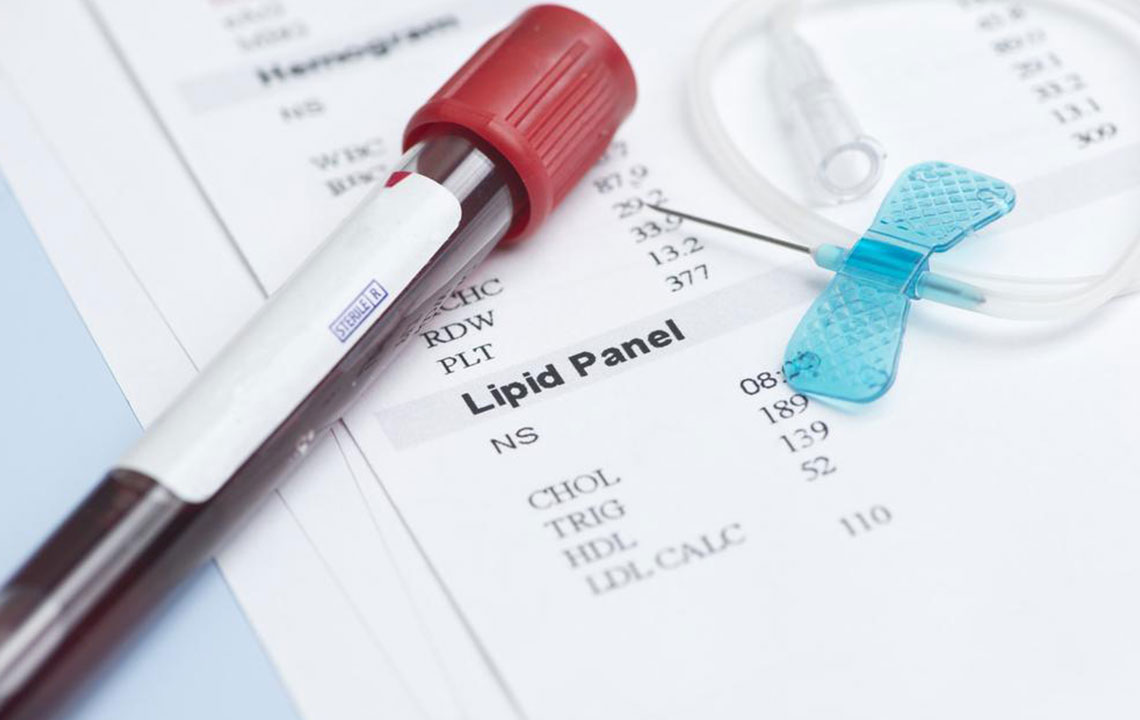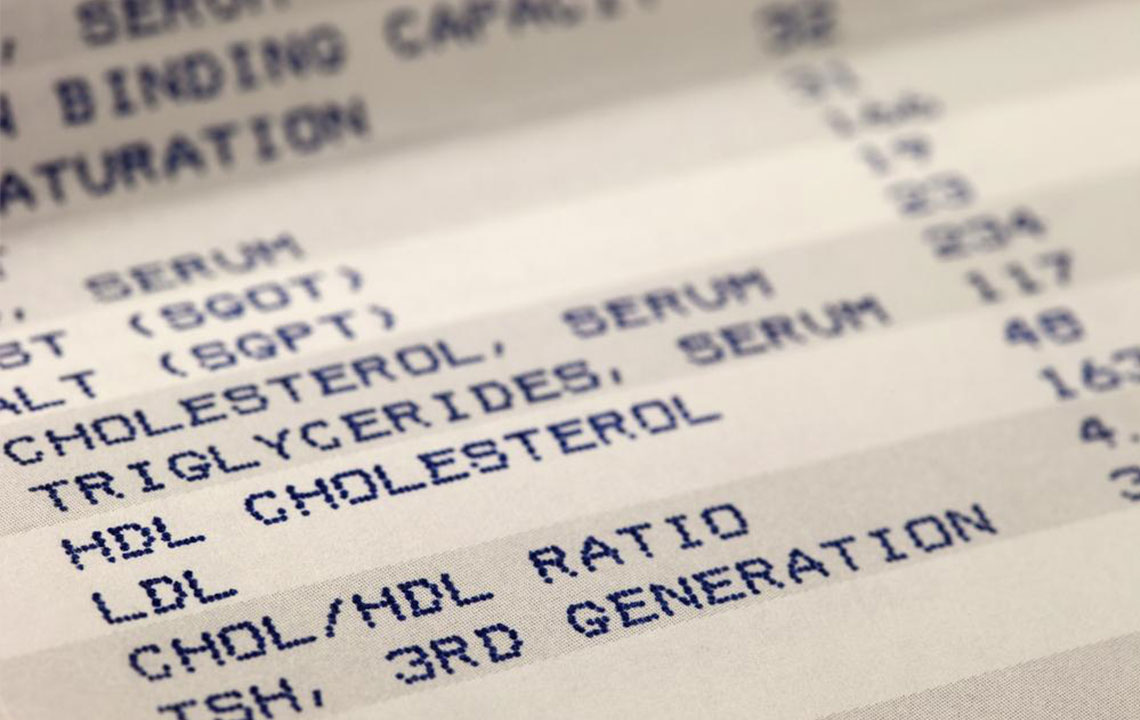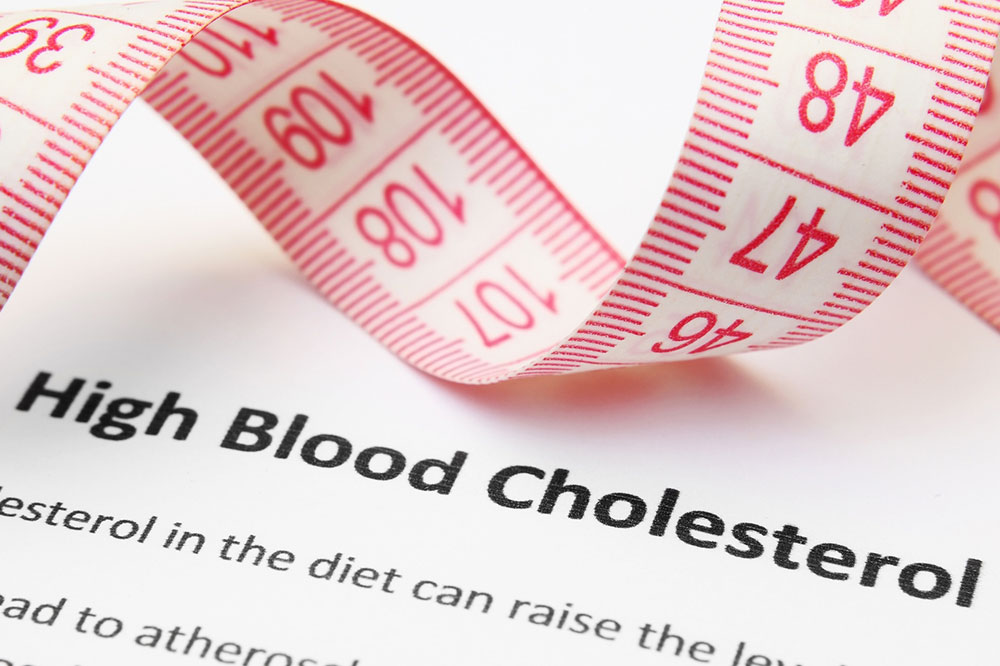Comprehensive Guide to Lipoprotein Profile Testing and Heart Health Management
This comprehensive guide explains the significance of lipoprotein profile testing in assessing heart health. It details the components measured, their impact on cardiovascular risk, and how lifestyle and medication can help maintain healthy cholesterol levels. Regular testing, especially for individuals over 35 and 45, enables early detection and personalized prevention strategies for heart disease. Learn how understanding cholesterol types like LDL, HDL, and triglycerides can protect your heart and improve overall well-being through lifestyle modifications and medical advice.

Understanding the Importance of Lipoprotein Profile Tests for Heart Health
Staying proactive about your cardiovascular health is crucial, especially for individuals over the age of 20. Regular monitoring of cholesterol and lipid levels through specialized testing can be a pivotal step in preventing heart-related diseases. Lipoprotein profile testing, often called a lipid panel or lipid profile, provides detailed insights into various types of cholesterol in your blood. The standard recommendation is to undergo this testing every five years for most adults. However, those with certain risk factors, such as age, hypertension, diabetes, or family history of heart disease, should consider more frequent screenings. Women over 45 and men over 35 are particularly encouraged to keep a close watch on their lipid levels to detect potential lipid imbalances early and take necessary preventive measures.
This detailed test measures several key components that collectively influence cardiovascular risk:
Total cholesterol
LDL cholesterol (commonly known as 'bad cholesterol')
HDL cholesterol (often referred to as 'good cholesterol')
Triglycerides
Factors such as alcohol consumption, high sugar intake, and excess calorie consumption can elevate triglyceride levels, which are stored in fat tissue. These elevated triglycerides can be a significant risk factor for cardiovascular diseases. While blood test results offer numerical insights, they are just one part of a comprehensive risk assessment. Other factors—including age, blood pressure, blood glucose levels, lifestyle habits, medication use, and hormonal statuses—play vital roles in determining overall heart health.
Physicians interpret the combined data from the lipid profile and these additional factors to estimate an individual’s 10-year risk for cardiovascular events like heart attacks and strokes. This allows for personalized intervention strategies aimed at risk reduction. Blood cholesterol levels are measured in milligrams per deciliter (mg/dL), and understanding these numbers can help predict and prevent future heart issues.
Understanding Types of Cholesterol and Their Impact
LDL Cholesterol (Low-Density Lipoprotein): Often marked as the 'bad' cholesterol, LDL can accumulate on artery walls, forming plaque that narrows and hardens the arteries, increasing the risk of heart disease and stroke. An LDL level exceeding 190 mg/dL is considered very high, typically requiring lifestyle changes—such as dietary modifications and increased physical activity—and pharmacological interventions like statins. Even if LDL levels are lower, some individuals with other risk factors may still need medical treatment.
HDL Cholesterol (High-Density Lipoprotein): Known as the 'good' cholesterol, HDL helps remove LDL cholesterol from the bloodstream, transporting it to the liver for excretion. Elevated HDL levels contribute to cardiovascular protection and are associated with reduced risk of heart disease. Lifestyle factors like smoking, physical inactivity, obesity, and genetics can lower HDL levels. Enhancing HDL can be achieved through regular aerobic exercise, weight management, and sometimes medication.
Triglycerides: These are a type of fat derived from food and stored in fat tissues, serving as an energy source. Elevated triglyceride levels are linked to increased heart disease risk. Levels above 500 mg/dL are considered dangerously high, while levels between 150-199 mg/dL are mildly elevated. Maintaining triglycerides below 150 mg/dL is optimal for heart health, which can be achieved through diet, exercise, and medication if necessary.
Total Cholesterol: This figure sums up HDL, LDL, and other lipid components in the blood. While not as specific, it offers a broad view of cardiovascular risk. A total cholesterol level below 200 mg/dL is generally desirable, but individual risk factors must also be considered for comprehensive assessment.
Adopting a heart-healthy lifestyle is essential for maintaining optimal cholesterol levels. Regular health checkups, engaging in physical activity, consuming a balanced diet rich in fruits, vegetables, whole grains, and healthy fats while limiting saturated fats and trans fats, and avoiding excessive alcohol and sugar intake are fundamental steps. When required, medical therapy can be tailored based on individual risk profiles to effectively manage and lower cholesterol levels, reducing the risk of coronary heart disease and related complications.





